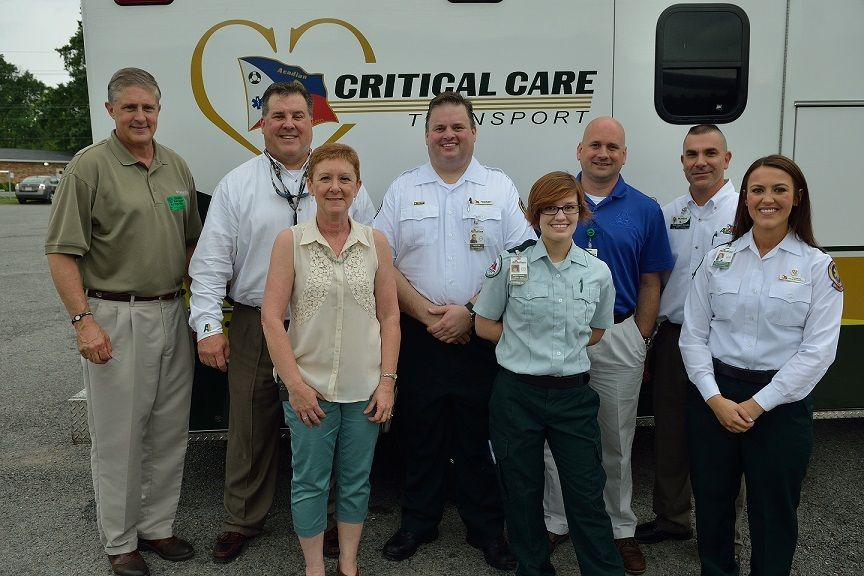SURVEY | 2024 Ambulance Industry Employee Turnover Study
The American Ambulance Association is partnering with Newton 360, an ambulance industry partner and Human Resource support firm, to conduct our sixth annual industry turnover study. Our intent is to comprehensively collect and analyze ambulance industry employee turnover data so as to produce a report that provides useful and actionable data. We are inviting EMS organizations to participate in the study. The study will be conducted and managed by Dennis Doverspike, PhD, and Rosanna Miguel, PhD, who are associated with the Center for Applied Talent Analytics at John Carroll University. Each individual or organizational response will be strictly confidential.
The purpose of the study is to better quantify and understand the reasons for turnover at nearly every organizational level within the EMS Industry. Thank you very much for your time and support.
Take Survey Now
Laying the Groundwork for Reducing Employee Turnover
Why participate in the survey?
- Educate elected officials, municipalities, and healthcare clients. The insight gained from this survey can help influence the actions, practices, or decisions of officials regarding regulatory and funding policies at the federal, regional, or local level. Specifically, this important data can help validate the critical staffing challenges faced by the EMS industry.
- This study is critical to gaining insight into combating staff shortages. The AAA / Newton 360 2024 Ambulance Industry Employee Turnover Study aims to yield the information that organizations need to identify and benchmark their turnover challenges. Over the years this survey has been conducted, it has generated the largest response to a turnover survey ever published for the private EMS industry.
- Participating organizations will have full access to the final report at no charge. The comprehensive results of the study will be shared exclusively with each participating organization. Shorter write-ups and summaries of the results may be shared at conferences or published in relevant periodicals or journals.
Before You Start
It is recommended you gather information about your employees and about turnover before completing the questionnaire.
In this survey, we will be asking about headcount (filled and open positions), number of employees leaving the organization, and reasons for employees leaving. We will be asking these questions for each of the following job categories: supervisor, dispatch, EMT, part-time EMT, paramedic, and part-time paramedic. Headcount refers to the number of filled and open positions for each job category at the end of 2023. Filled positions refer to the number of employees in each job category that were on payroll at the end of 2023. For each job category, the number of filled positions should be added to the number of open positions at the end of 2023 to determine the total headcount.
The survey will open on March 18, 2024, and close at end of day, April 12, 2024. The survey can be accessed by following the link below. Word has an issue with some hyperlinks; this hyperlink is safe. If the hyperlink does not work when clicked, please copy the hyperlink ( https://johncarroll.qualtrics.com/jfe/form/SV_0qZ3r9Mqgp5GwZM ) and past it into your browser.
Thank you,
Scott Moore, Esq.
Newton 360
Workforce Dynamics, Inc.









